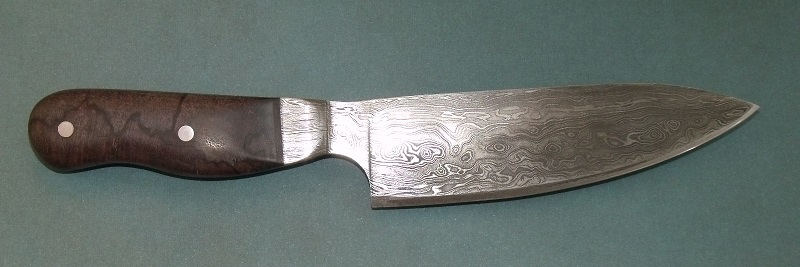weo
Basic Member
- Joined
- Sep 21, 2014
- Messages
- 3,035
Hello all. As the title mentions, I started to play with integrals and made a steak knife out of 1084/15N20. (Feel free to critique/provide suggestions.)
My question is about the difference in contrast of the bolster(?) to the blade. I know that hardened damascus etches bolder than unhardened steel, so how do y'all harden the thicker bolster portion? Or is there another trick I need to learn to get a bold etch there?


Thanks in advance.
~billyO
My question is about the difference in contrast of the bolster(?) to the blade. I know that hardened damascus etches bolder than unhardened steel, so how do y'all harden the thicker bolster portion? Or is there another trick I need to learn to get a bold etch there?


Thanks in advance.
~billyO
